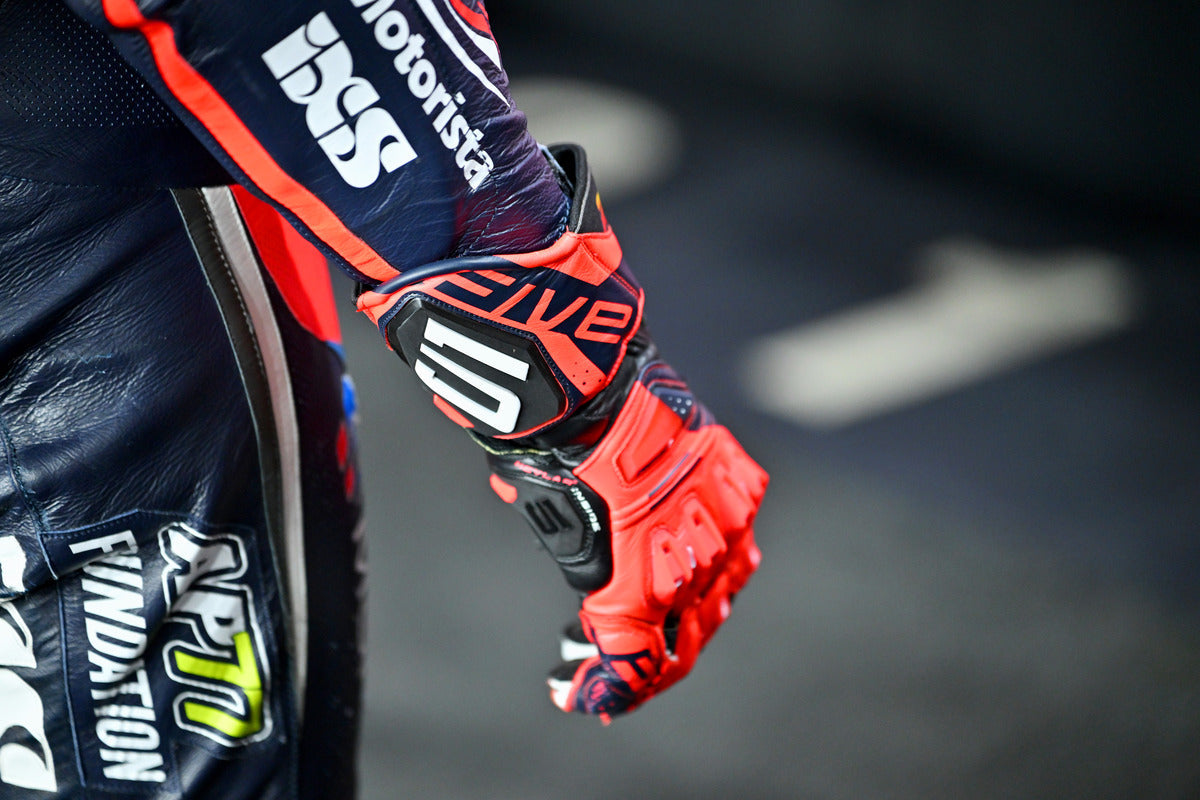
Evel Knievel: The Legendary Daredevil Who Redefined Fear
When you hear the name Evel Knievel, one image immediately comes to mind: a fearless man dressed in a red, white, and blue jumpsuit, soaring his motorcycle over rows of cars, buses, and even canyons. Evel Knievel wasn’t just a stuntman; he was an icon of courage, ambition, and showmanship who inspired generations to chase their dreams – no matter how impossible they seemed.
Early Life: From Montana to the World Stage
Robert Craig Knievel was born on October 17, 1938, in Butte, Montana. Growing up in a rough mining town, Knievel developed a reputation for mischief and risk-taking at an early age. He dropped out of high school and worked in various odd jobs – from copper mining to selling insurance – but none of them satisfied his thirst for excitement.
His nickname, “Evel Knievel,” was born from a brief stint in jail. After being arrested for reckless driving, a jailer joked about his cellmate “Awful Knofel” and dubbed Robert “Evil Knievel.” He later changed the spelling to “Evel” to soften the edge, but the name stuck – and so did his larger-than-life persona.
The Rise of a Daredevil
Knievel’s career as a stunt performer began in the mid-1960s when he founded a traveling motorcycle stunt show. His early feats included jumping over rattlesnakes and mountain lions, but his ambitions quickly escalated. He wasn’t just seeking thrills – he wanted to amaze crowds and push the boundaries of what was possible on two wheels.
In 1967, Evel gained nationwide fame with his attempt to jump the fountains at Caesars Palace in Las Vegas. Although he crashed spectacularly and spent nearly a month in a coma, the footage of his daring leap became legendary. It was the first of many high-profile stunts that would define his career.

Record-Breaking Jumps and Unforgettable Moments
Snake River Canyon (1974)
Evel Knievel’s most famous attempt was not on a motorcycle, but in a rocket-powered “Skycycle X-2.” He tried to leap the Snake River Canyon in Idaho. Although a parachute malfunction caused him to drift back into the canyon, Knievel survived – adding to his mystique as a man who could cheat death.
50 Cars at the Los Angeles Coliseum (1973)
Knievel jumped over 50 stacked cars – a world record at the time. This feat cemented his reputation as a daredevil who thrived on scale and spectacle.
🇬🇧 Wembley Stadium (1975)
Attempting to jump over 13 double-decker buses in London, Knievel crashed hard and broke his pelvis and hand. Despite the injuries, he famously stood and told the crowd:
“I came in walking, I’m going out walking.”
14 Greyhound Buses at Kings Island (1975)
In front of 90,000 fans and a live television audience, Knievel successfully jumped 14 buses, soaring 133 feet without a crash. This became one of his cleanest and most celebrated jumps.
The Cost of Greatness
Evel Knievel was as famous for his crashes as he was for his successes. Over his career, he attempted more than 75 ramp-to-ramp motorcycle jumps and survived a staggering number of accidents, resulting in 433 bone fractures (a Guinness World Record).
His body endured immense punishment, but his spirit never wavered. “Bones heal, pain is temporary, and chicks dig scars,” Knievel once quipped – a quote that epitomized his fearless approach to life.
Achievements Beyond the Ramp
- Cultural Icon: Evel Knievel’s star-spangled outfits, daring feats, and larger-than-life personality made him a household name.
- Toys and Media: He inspired a wildly popular line of action figures and even starred in his own movie, Viva Knievel!
- Motorcycle Hall of Fame: Inducted in 1999 for his contributions to motorsport and popular culture.
- Inspiration: Knievel’s influence paved the way for modern extreme sports athletes and stunt performers worldwide.
Life After Stunts and Legacy
Knievel retired from major stunts in the early 1980s, but his legend continued to grow. Despite financial troubles and health issues in later years, he remained an enduring symbol of courage and perseverance. He passed away on November 30, 2007, at age 69, leaving behind a legacy that still inspires thrill-seekers today.
His son, Robbie Knievel, carried on the family tradition with his own series of record-breaking stunts, proving that Evel’s daring spirit lived on.
Why Evel Knievel Still Matters
Evel Knievel wasn’t just a daredevil – he was a dreamer who turned the impossible into reality. His story reminds us that taking risks, even in the face of failure, is what drives human achievement. In his own words:
“You can’t say you’re going to jump, you have to jump. You can’t say you’re going to live, you have to live.”


Leave a comment
This site is protected by hCaptcha and the hCaptcha Privacy Policy and Terms of Service apply.